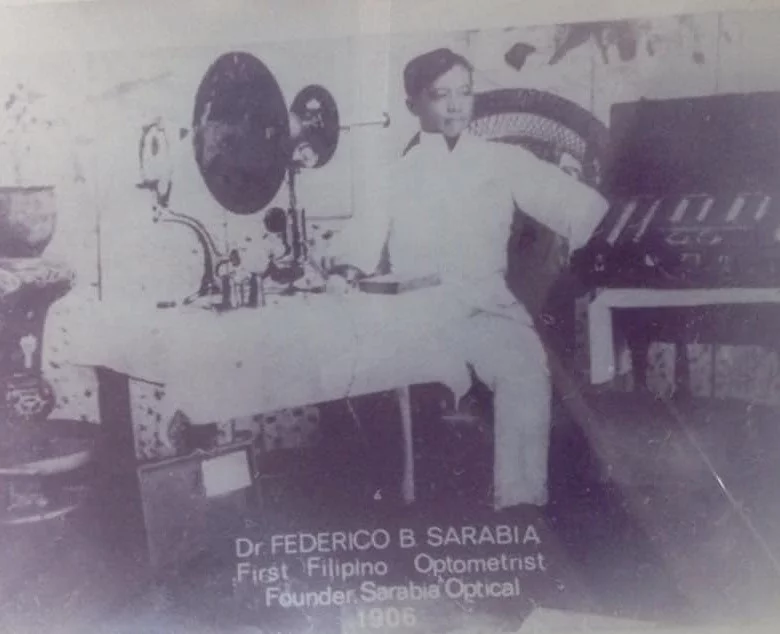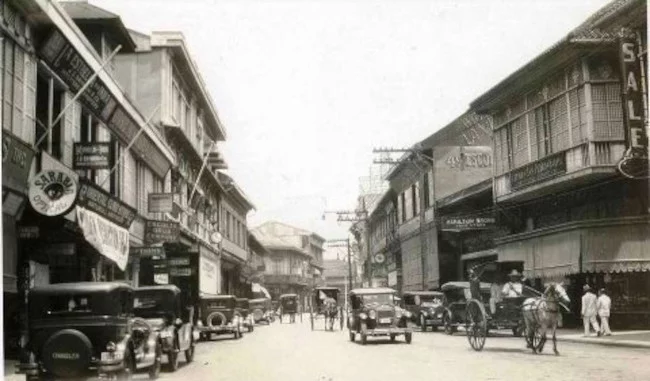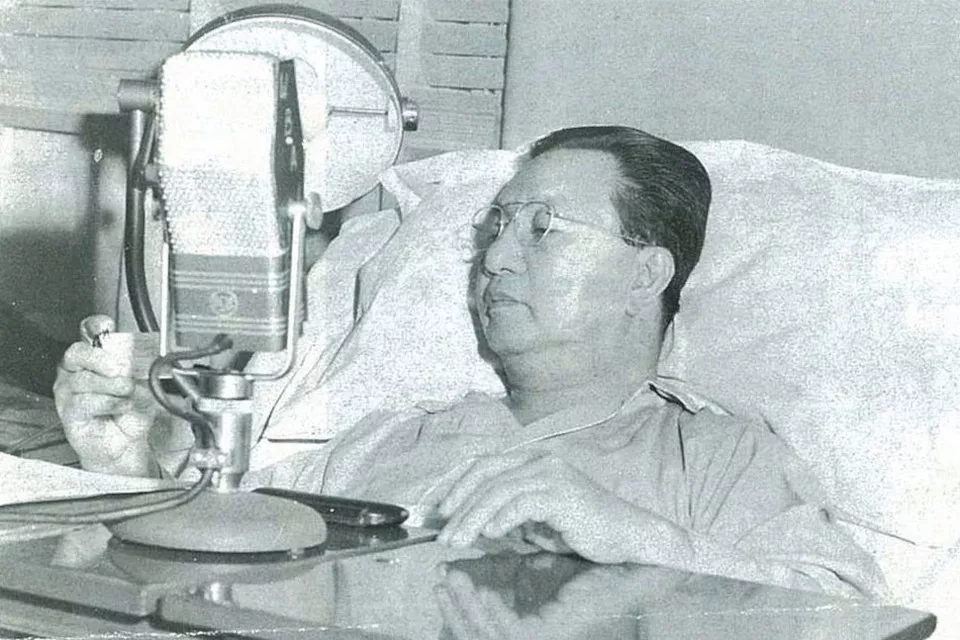Today in Philippine history, July 18, 1886, Federico B. Sarabia, the first optometrist in the country, was born in Kalibo, Aklan
On July 18, 1886, Federico B. Sarabia was born to Benigno Sarabia and Inocenta Jimenez in Kalibo, Aklan. He was the first optometrist in the country being the holder of Professional Regulatory Commission of Optometry Certificate No. 1 issued in 1905.

After graduating in Doctor of Optometry in 1905 from the University of Northern Illinois College of Optometry, he had a brief practice of optometry at Eye Infirmary in New York City. Then he returned to the Philippines and established a clinic in Iloilo. He would later move to Escolta and establish his clinic there, marking the first Sarabia Optical in Manila.
This became the first of his chain of 38 clinics now dotting the different cities in the entire country among them Metro Manila, Iloilo, Bacolod, Davao, Cebu, Dumaguete,Roxas and Iligan.
Sarabia Optical is the biggest and most modern optical firm in the country today.
Among his early prominent clients at the Escolta clinic were Presidents Manuel L. Quezon, Sergio Osmeña, Manuel Roxas, and Elpidio Quirino and Doña Trinidad Rizal - sister of Dr. Jose Rizal. Doña Trinidad's glasses can be found in Fort Santiago as part of the Rizal Memorabilia, and are labeled "anteojos de Federico Sarabia."

In 1928, President Quezon appointed Dr. Sarabia as Chairman of the Board of Examiners in Optometry. Dr. Sarabia also became the first President of the Philippine College of Optometry.
Aside from Sarabia Optical, Dr. Sarabia also founded Aklan Academy in Kalibo, Aklan and had organized the First National Congress of Coconut Planters in the 1930's.
Today, Sarabia Optical has grown into a trusted and recognized retail clinic operation. Although Dr. Federico Sarabia passed away on September 14, 1954, his legacy lives on. Five of his children have followed his path as eye care professionals. Four of them are optometrists and one is an ophthalmologist.
Source:
- Dr. Federico B. Sarabia, Atty. Rex S. Salvilla, News Today, July 24, 2006
- History, About Sabaria Optical, https://www.sarabiaoptical.com.ph
- Wikipedia (Tagalog)
- Phto credit: Facebook page of Vivian Sarabia Optical


